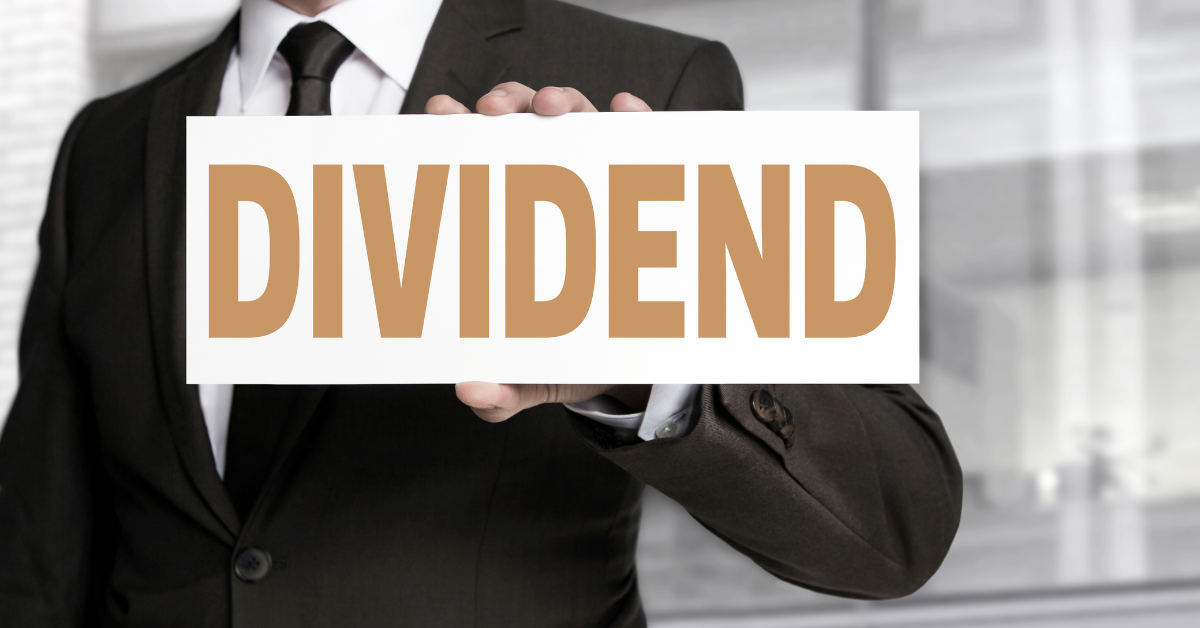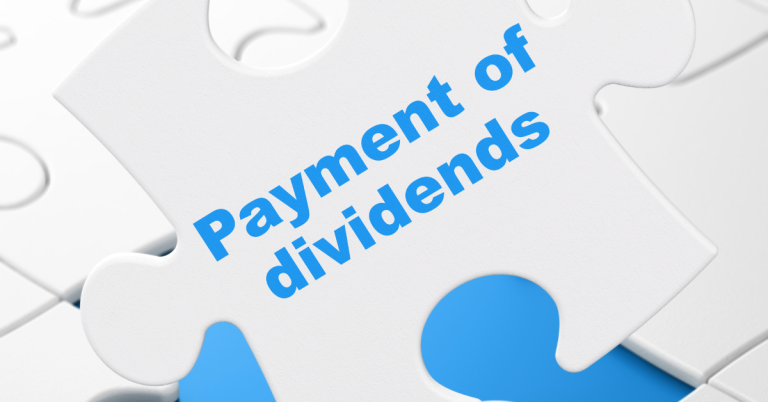Can I Pay Different Dividends to Shareholders? (How Payment Works)
How do dividends work?
A dividend is a payment made by a corporation to shareholders. When you buy shares in a company, you become part owner of it. As long as you hold onto those shares, you will receive regular payments – called dividends – from the company. If you sell your shares, you lose access to future dividends.
The amount of money you receive depends on how much profit the company makes each year. This is known as the dividend payout ratio. Companies pay out most of their earnings as dividends.
Companies use different methods to calculate what percentage of profits they will distribute as dividends. Some companies choose to pay out all of their profits as dividends. Others prefer to keep some of their earnings to invest in new projects, research and development, or other growth areas.
Companies often set aside some of their earnings for reinvestment purposes. These funds are used to expand existing businesses or start up new ones.
Some companies give shareholders special bonuses such as stock options or capital appreciation rights. These are additional ways of rewarding shareholders for their loyalty.

Can various dividends be paid to shareholders?
For example, a Class A share might receive dividends twice per year, whereas a Class B share might receive dividends once per year. And a Class C share might vote on major decisions twice per year, while a Class D share might vote once per year.
You can even split up your shares into multiple classes, giving one set of shareholders more control over how much money they make out of the business than another.
What are the advantages of dividend payments?
The concept of paying dividends is fairly straightforward. Companies use dividends to distribute some portion of their earnings to shareholders. In return, shareholders agree to hold onto their stock for longer periods of time. So, what else do you need to know about dividends? Here are five things to consider when deciding whether to offer dividends.
1. Paying dividends is good for shareholders. If you don’t pay dividends, you’ll lose money over time. You’re essentially selling part of your company to yourself.
2. There are many ways to pay dividends. You can choose to pay cash dividends or reinvest those dividends into additional shares of stock.
3. Alphabet shares allow you to give shareholders special treatment. For example, you could give one shareholder a larger dividend payout than another. Or, you could give a family member a smaller payout than another investor.
4. Alphabet shares are great for startups. Alphabet shares let you set up a structure where you can easily give shareholders equity in exchange for cash payments.
5. Alphabet shares are ideal for family businesses. Alphabet shares make it easy to set up structures where family members can buy into the business while still maintaining control.
How are dividends distributed to shareholders?
Before issuing a dividend, you have to hold a board meeting and announce it. This is called declaring the dividend. A dividend is money paid out by a corporation to its shareholders. You cannot pay a dividend without holding a board meeting. If you don’t want to hold a board meeting, you can send a letter to your shareholders announcing the dividend. In this case, each shareholder gets a dividend voucher, which contains information such as the date, amount and name of the recipient.
If you are planning to issue a dividend, make sure you follow certain procedures. These include holding a board meeting, sending a notice to shareholders, and calculating the dividend.
What if you wish to switch share classes?
If you’re thinking about changing a share class, there are a few things to consider. Firstly, it’s important to make sure you’ve notified Companies House. If you don’t do this, you won’t be able to pay out dividends. Secondly, you must ensure that you’re paying yourself correctly. You may think that you’re doing this already, but you might be missing something. Finally, you need to keep track of how much money you’re actually making. This isn’t always easy, especially if you’re running multiple companies.
When you’re setting up a new shareclass, remember to notify Companies house. They’ll send you a form to fill in, which includes information such as the name of the company, the address, the date of formation, and the amount of capital raised. Once you’ve filled this in, you need to email Companies House again, and include the following information:
• Name of company
• Address
• Date of incorporation
• Amount of capital raised
You can find contact details here.
How to create a profile for a new firm
A company profile helps you establish credibility within your industry and attract potential customers. You want to make sure that people know who you are and what you offer. In addition, it gives you a chance to communicate directly with your ideal customer.
The best way to start building a company profile is to write down everything that you know about your company. This could mean writing down every product or service that you offer, including the benefits of each one. If you don’t already have a website, list out where your business stands on the web. Include your phone number, email address, physical address, and anything else that you think might be useful.
Once you’ve written down what you know, ask yourself questions like “What makes my company unique?” “Why should someone choose us over our competitors?” “Who are we trying to reach?” “Where does our business fit into the market?” Once you have answered those questions, you’ll have a better idea of how to develop your company profile.
Frequently Asked Questions
What steps should you take if you wish to establish distinct share classes?
If you’re setting up a new company, it’s important to ensure that the shareholders are properly registered. This includes knowing how many shares you’re planning to issue. But what happens if you decide to change your mind about the number of shares you’re issuing later down the line? Or perhaps you want to split some existing shares into several smaller ones?
You might think that you’d just add another class of shares, but there’s one problem – you need to tell Companies House about it. And that’s no easy task. Here’s everything you need to know about registering shares.
How to distribute dividends in a private limited company
A private company limited by shares is a type of company where there is no public listing and shareholders do not trade shares. Instead, they receive dividends based on ownership of the company. If you want to pay yourself a dividend, you must follow specific steps.
You cannot simply decide to give yourself a bonus. A director’s salary is paid out of the business’ profits, not personal assets. In addition, a company limited by shares cannot issue dividends without shareholder approval.
When you set up a private company limited by share, you choose one of three types of company structure. These are called “limited liability”, “closely held” and “public”. Each form of company structure has different rules about how much money you can keep personally.
The most common type of private company limited by shares, closely held, allows shareholders to hold onto all the cash generated by the business. They can’t use this money for anything else, however. Any earnings above what they owe to creditors and taxes go straight into the business bank account.
If you set up a close-held company, you can keep some of the profits, but you still have to declare the amount each month. If you don’t, HM Revenue & Customs (HMRC) might start taxing you.
Finally, a public company limited by shares lets everyone know exactly how much money the business makes every month. This information is published in the London Stock Exchange.






